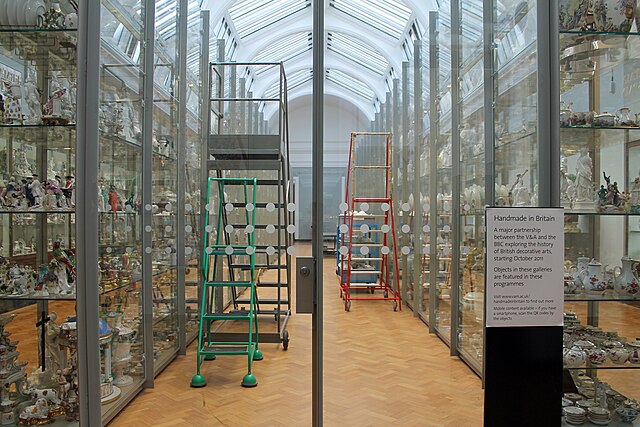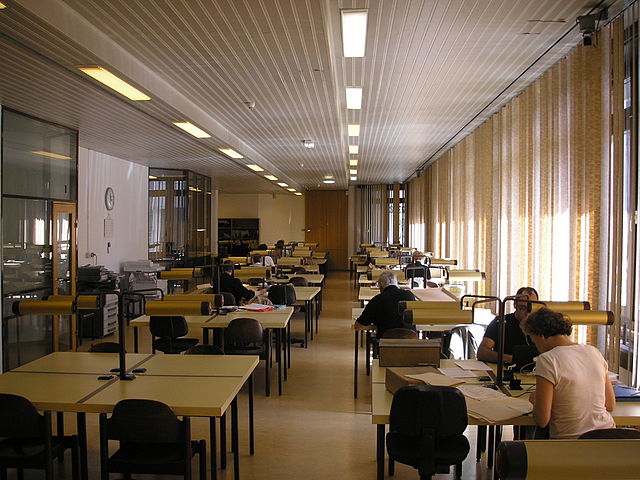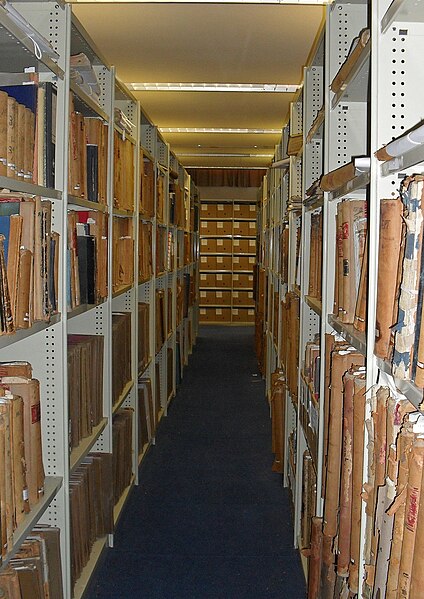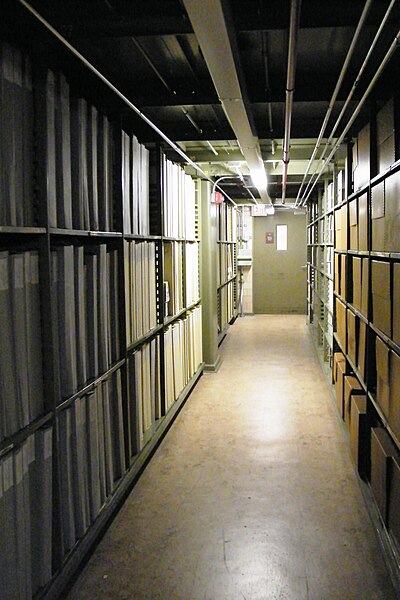A museum is distinguished by a collection of often unique objects that forms the core of its activities for exhibitions, education, research, etc. This differentiates it from an archive or library, where the contents may be more paper-based, replaceable and less exhibition oriented, or a private collection of art formed by an individual, family or institution that may grant no public access. A museum normally has a collecting policy for new acquisitions, so only objects in certain categories and of a certain quality are accepted into the collection. The process by which an object is formally included in the collection is called accessioning and each object is given a unique accession number.
Antique cuckoo clocks in the interior of Cuckooland Museum, a specialized museum in Tabley, England
A catalogue of the items in a collection using index cards
A collection of masks and textiles from different parts of the world displayed in the living room of the Robert Brady Museum, Cuernavaca, Mexico
Visual storage at the Victoria & Albert Museum, London, England
An archive is an accumulation of historical records or materials – in any medium – or the physical facility in which they are located.
Shelved record boxes of an archive
Reading room of the Österreichisches Staatsarchiv (Austrian State Archive), in the Erdberg district of Vienna (2006)
Charles Sturt University Regional Archives
Storage facility at the National Archives and Records Administration, Washington, D.C.








